Training your bird can be somewhat easier if you understand what your bird sometimes tries to tell you what’s on his/her mind at any particular moment. Greys can project visual signs which can help or hinder the process of training. It’s commonly referred to as BODY LANGUAGE.
Many times you may hear an experienced bird person say that it was their fault that they got bit. That’s happened to me because I simply wasn’t paying attention or was just lazy at that time. If you are a novice, you may wonder about that statement. What that expert is talking about is reading birdie body language. All birds have it. And all display it. It is our job to read and understand it!
Of course, like us, all birds don’t display their feelings in the same way, but there are some generalities. Here are just a few that may help you out as you interact with your feathered friends:
Beak Grinding
This is similar to the sound of grinding teeth at night. It is a result of a bird scraping the lower mandible against the upper mandible. This means that your pet is feeling secure and content. You will often hear your bird do this as he settles in for the night, right before he drops off to sleep and sometimes during sleep.
Sneezing
Birds sneeze for the same reasons we do: dust, nasal irritation, small bug or down feathers up the nasal cavity. Some birds will sneeze if this behavior has been positively reinforced. If the sneezing is accompanied by nasal discharge, your bird should be seen by an avian vet.
Pinning’ Pupils
Flashing, dilating pupils can be a sign of aggression, excitement, nervousness, or pleasure. Pay close attention to other behaviors that accompany flashing (usually called “pinning”) pupils in order to correctly determine why the bird is responding in this manner. If your pet is also exhibiting additional aggressive behaviors such as tail fanning, growling, raised neck feathers and rocking this behavior means “Back Off!”. If you, or the offending item/person/animal doesn’t leave, the bird will continue to display aggression and may attack anyone in an attempt to relieve its tension.
Barking
Even in a household without dogs, some birds will “bark” in excitement, during a “chatter” session, or in an attempt to display their dominance over their cagemates or other birds in the household.
Regurgitating
When your pet does this to you or another human, it normally means that the bird has chosen you as it’s mate, and wants to feed you! This action is also sometimes performed on a favorite toy or other object. Bonded birds show their affection for each other by feeding one another, and accomplish this by regurgitating food. They do this by bobbing their head up and down to bring up food from the crop, and depositing it into the mate’s mouth. This is much different than being sick and should not be confused with such.
Chattering
Loud chattering or crowing is usually heard at dusk, when bird(S) are settling down for the night. It is believed to be an attempt to make their presence known to other birds, or possibly to re- establish relationships among the flock. Soft chattering is often how a parrot amuses itself, and is normally a sign that the parrot is feeling safe and content. This muted chatter is also heard when a bird is practicing speech; words and phrases can sometimes be heard if you listen closely.
Head Snaking
With this action, the bird will “snake” his head from side to side in a fluid motion. This appears to indicate excitement, a quest for attention or be a display behavior. It is often an invitation to play with an owner who will respond, too!
Lowered Head
A bird who is pulling his wings in close to his body, has his head lower than the perch and sometimes bobbing slightly, and is leaning forward with quivering or flapping wings is getting ready to take flight. This behavior is often displayed when a bird is begging for attention, and will often attempt to fly to you if you do not give them the attention they are seeking.
A bird that is standing still with his head lowered or tucked in front of you, with head feathers puffed out, is probably asking to be scratched! As opposed to the similar aggressive posture (see “Crouch Stance” below), a bird that wants to be scratched or is asking for attention will be relaxed in posture, whereas the aggressive stance will be distinguished by a tense body and raised nape and back feathers, but not the head feathers.
Crouch Stance
A bird that is crouching with his head down and pointed forward, tail feathers flared, body feathers ruffled or “hackles raised” and with dilated pupils is one angry bird! DO NOT go near this bird! He is saying as plainly as possible that, “I am big, mean, and mad . . If you come any closer I will bite you!”
Wing Flipping
This when the bird makes a sharp, flicking movement of one or both wings and is usually indicative of annoyance or displeasure. Another cause of wing flipping could be that one of the feathers is out of place, and the bird is “flipping” the wing in an attempt to realign it before preening. In this case, holding the bird aloft on your hand and slowly dropping your hand a few inches will encourage the bird to flap its wings, and will assist in realigning the feather.
Wing and Body Quivering
Quivering wings usually indicate fear, nervousness, uncertainty, or distrust. If your pet is displaying this behavior, you should be speaking to him softly with a reassuring tone of voice before attempting to initiate contact. A quivering of the entire body, and especially the abdomen where you can see the abdominal feathers shaking, is usually a normal attempt to adjust to a marked change in the temperature of the environment.
Preening
Bird conducts this activity to keep their feathers in top condition. It consists of running feathers through their beaks from the base to the tip to straighten and clean them. Some birds have oil glands at the base of their tails, and will take some of this oil and run it through their feathers, creating a “sheen” and protectant that repels water instead of absorbing it. Preening is also a social activity – birds will preen one another to remove feather sheaths that they cannot reach by themselves. Birds may also attempt to “preen” their human’s hair. You should feel much loved if you pet enjoys grooming you. Although not intentional, there are times when your bird can hurt you when he/she is preening and pulling your hair. Avoid having your bird do that to you. Better safe than sorry.
Wing Drumming
Wing drumming/flapping is often observed when birds are released from their cages after a long period of confinement or in the morning when first taken out of the cage. Often they will stand on the top of the cage at the front edge and drum their wings, sometimes so strongly that they elevate themselves a few inches or even take flight. In some species wing drumming is also a warning that the bird is protecting its territory. Invading birds that ignore this warning are often chased by the “drummer” with his beak open and ready to defend it’s surroundings.
If you found this blog helpful, It would be great if you could share it with your family and friends who might find it useful as well.
For more useful content about African Grey parrots, you can subscribe my site with your email to get notification upon publishing a new blog, the subscribe box you can see on the right side of this page. Also if you get an alert on your web browser while browsing my site, allow it and that will also give you an alert whenever I publish a new blog. 🙂
You might like reading this:
Types of African Grey Parrots
African Grey Parrot Price & Owning Cost
The Surprising Benefits of Owning an African Grey Parrot
African Grey Parrots as Pets, The Pros and Cons of Owning One
What To Do If Your Parrot Is Choking, something stuck in the throat?
Are African Grey Parrots Smarter Than Dogs?
Stay safe and much love !

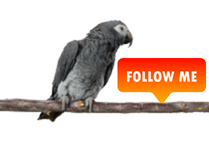
If you are interested in supporting me, kindly consider utilizing my affiliate link for your Amazon purchases. Your support would be greatly appreciated.
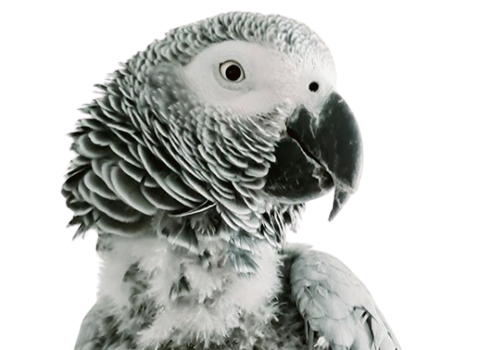
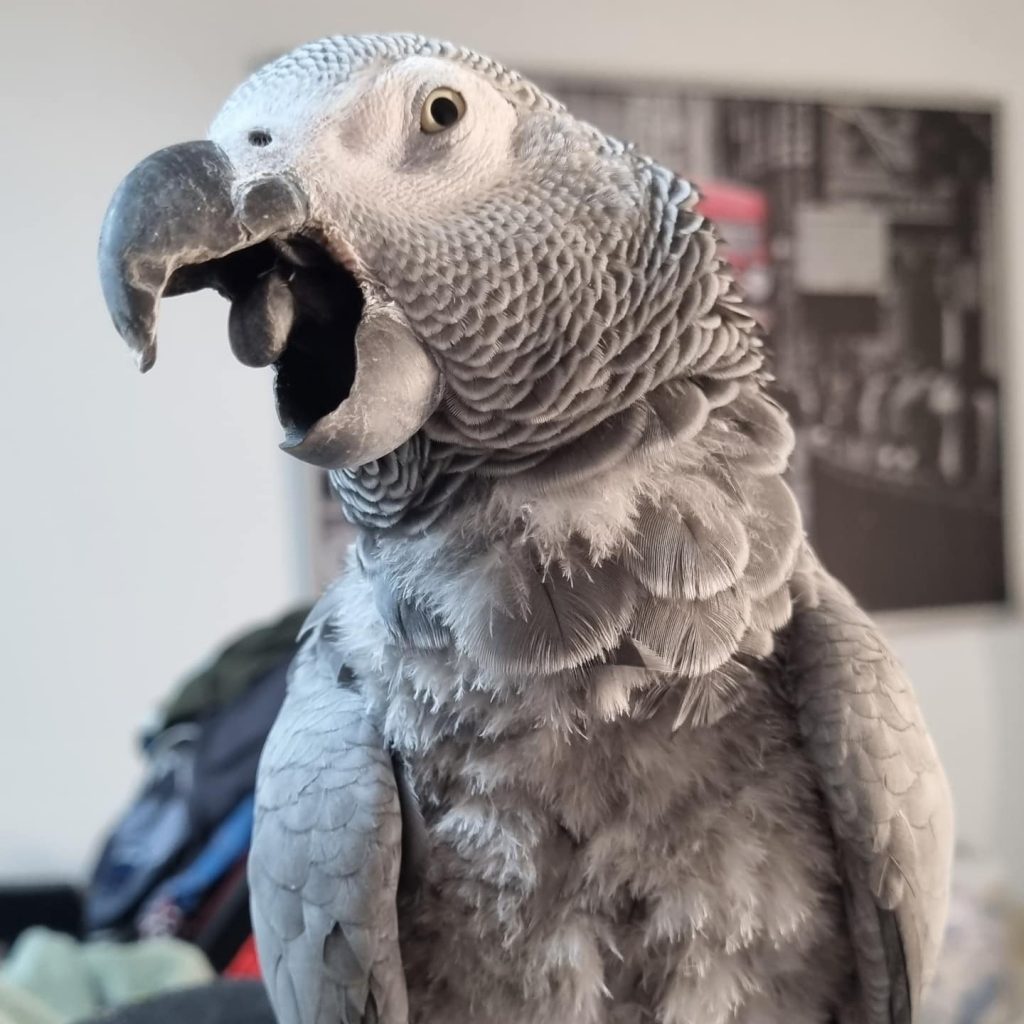
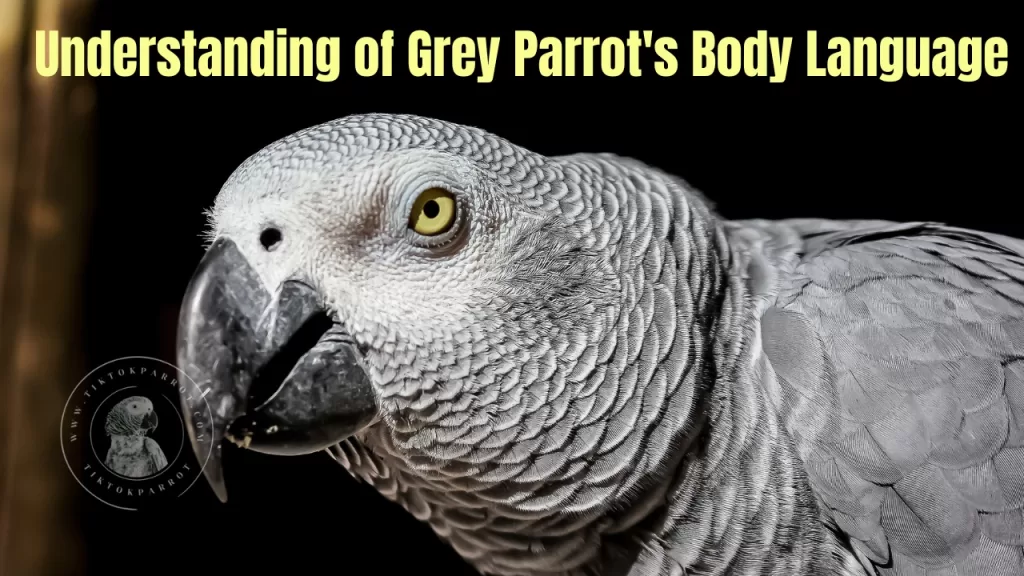
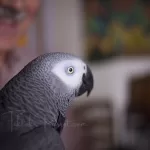
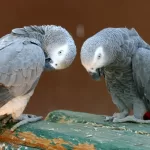
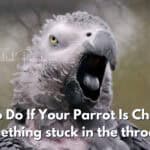
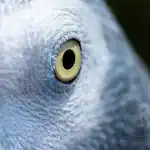
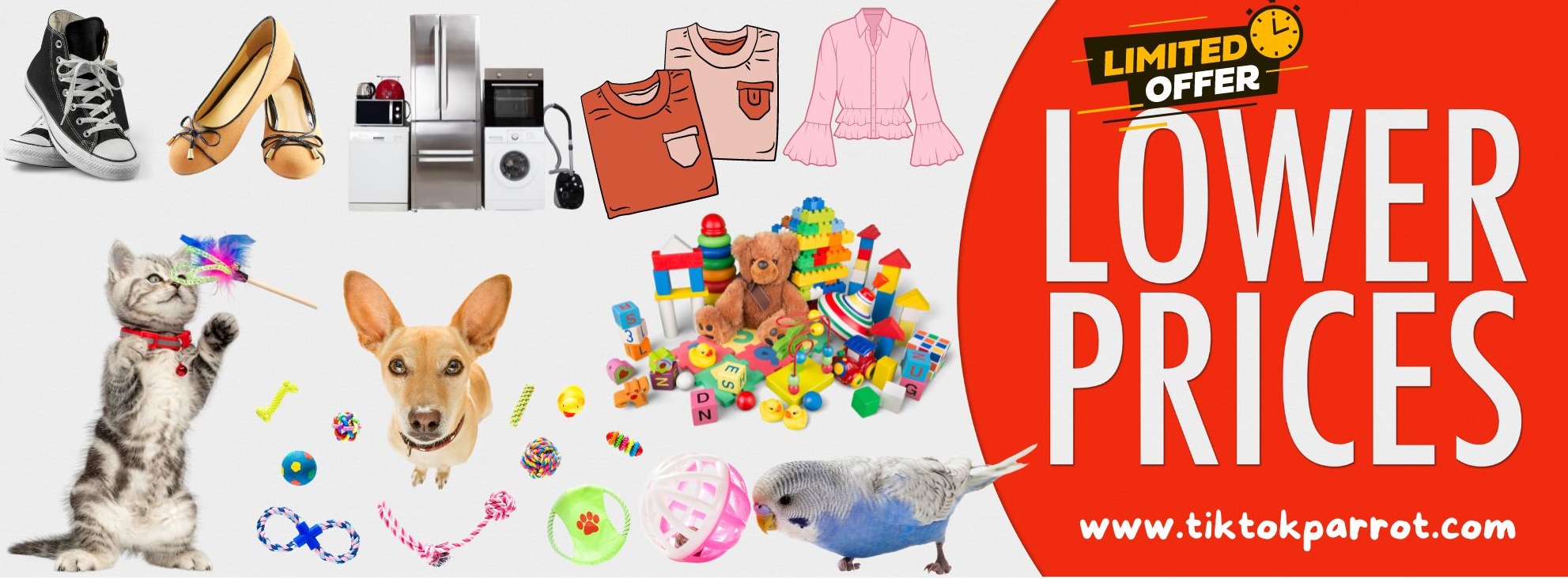
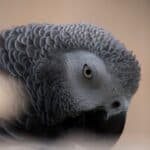
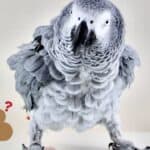
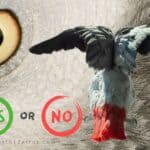
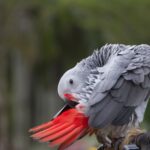
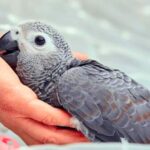
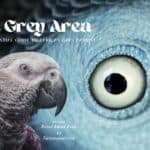
1 thought on “Understanding of Grey Parrot’s Body Language”